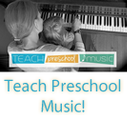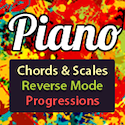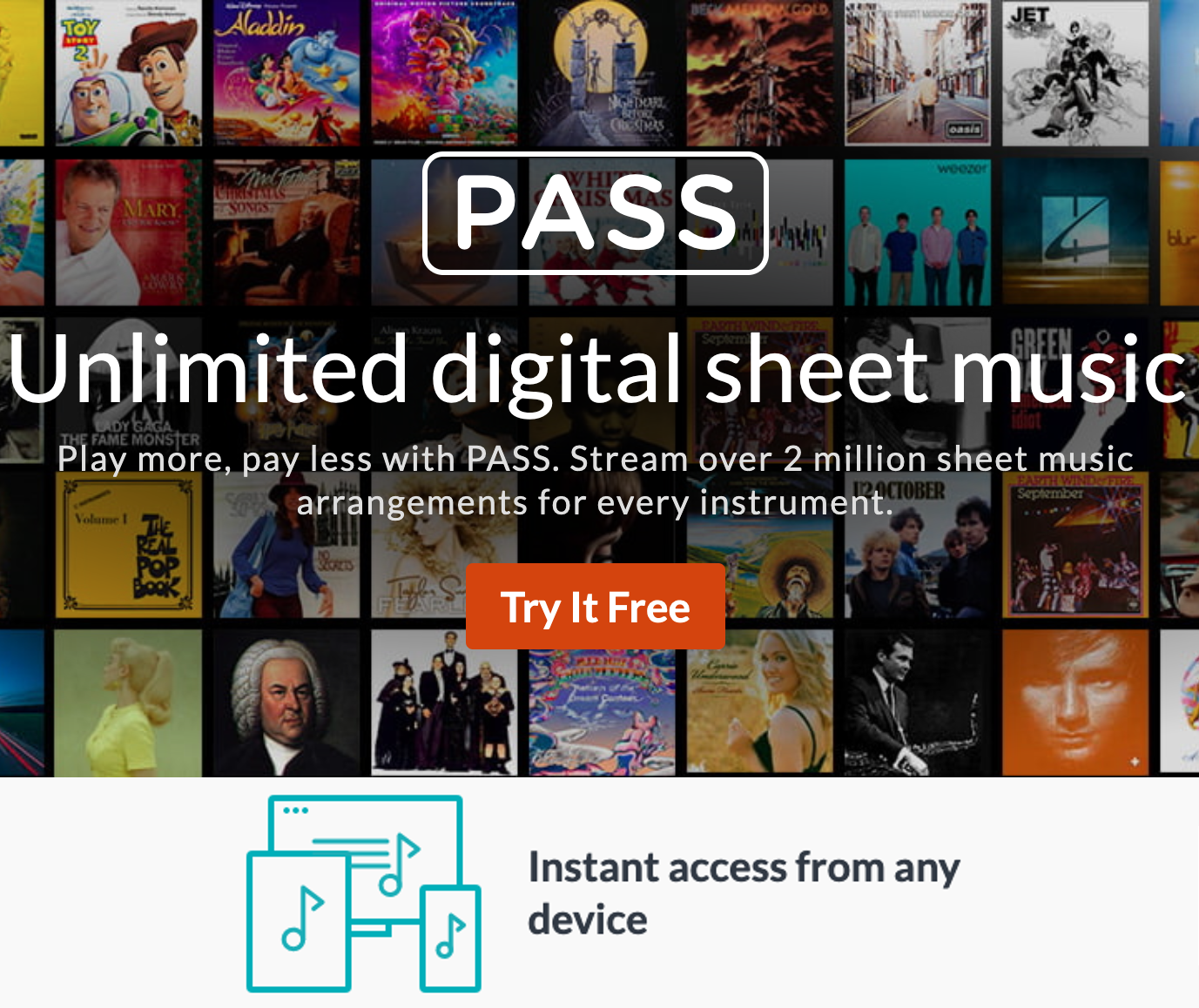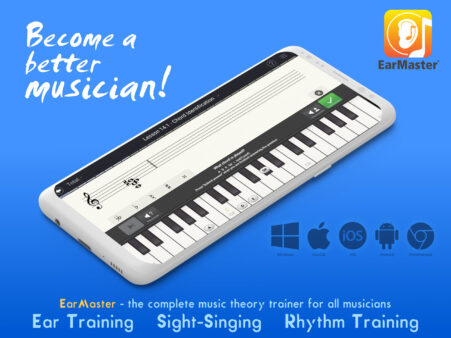A note from Natalie: I’m excited to welcome Diego Cardini, founder of thedrumninja.com to Music Matters Blog today! His guest post below includes a wealth of easy, practical, engaging ideas to use with your piano students to help them improve their rhythm skills. I’m looking forward to trying these creative suggestions with my students!
Introduction
Rhythm is one of the most important foundations in music, and yet, it’s often one of the trickiest for students to truly grasp. Piano teachers can tell how even the most enthusiastic learners can struggle to keep a steady beat or understand how rhythms fit within a measure. The good news? Rhythm doesn’t have to be complicated or dry. With a little creativity, we can make rhythm feel fun, natural, and even physical. In this article, I’ll share some of my favorite ways to help piano students internalize rhythm, using movement, percussion, visuals, and playful activities that go beyond counting out loud. These strategies work for all ages and can easily be adapted into your lessons, whether you teach privately or in a group setting.
Body Percussion
Before touching the keys, students can feel the rhythm with their bodies. Clapping, tapping knees, snapping fingers, or even stomping feet brings rhythm into the physical world, especially for young or kinesthetic learners.
Try this: Clap a short rhythm and have your student echo it back. Then reverse roles, let the student create a rhythm for you to copy. Add a layer of complexity by using different sounds for different note values: clap for quarter notes, snap for eighths, stomp for half notes. This makes the connection between sound and duration more memorable. Body percussion not only helps students stay in time but also boosts listening skills, coordination, and confidence.
Rhythm Games
Games are a fantastic way to make rhythm stick, mostly for younger students. You don’t need fancy tools, even simple flashcards or dice can turn a boring rhythm drill into something they’ll actually look forward to.
Game idea: Write a variety of rhythms on flashcards. Stack them in a pile. Have the student draw one card at a time and perform the rhythm by clapping or tapping it on the piano lid. You can add dice to introduce randomness, one die for the tempo (e.g., 1 = slow, 6 = fast) and another for volume (1 = soft, 6 = loud). Suddenly it’s not just rhythm, it’s dynamic, engaging, and fun. These games can also serve as great warm-ups or “brain breaks” between more technical parts of the lesson.
Integrating Percussion Instruments
Adding simple percussion instruments like hand drums, shakers, or tambourines is a great way to bring variety and energy into your lessons. These tools make rhythm tactile and help students understand pulse and subdivision in a new way.
Try this: After teaching a rhythm, give the students a small drum and ask them to play it while counting aloud. Then switch roles — you drum while they clap or play the rhythm on the piano. You can even create mini “duets” using different rhythmic parts. If you don’t have percussion instruments on hand, use what’s available: pencil taps, closed piano lids, or even the sides of the bench can work.
Movement-Based Activities
Some rhythms are better felt than explained, and movement can be a powerful teaching tool. Dalcroze Eurhythmics is a method built on this concept: using physical motion to develop rhythmic understanding.
Activity idea: Play a steady beat and have your student walk to the pulse around the room. Then change the music, maybe switch to a waltz, a swing rhythm, or something with syncopation and ask them to adjust their movement. Have them march, sway, freeze on rests, or use scarves to trace note values in the air. Even 2–3 minutes of movement can dramatically improve a student’s internal sense of time.
Visual Aids
Visual learners benefit from seeing rhythm, not just hearing it. Incorporating colors, shapes, or drawing tools can help make abstract note values more concrete.
Idea: Use color-coded note heads or rhythm blocks when introducing basic rhythm values. You can draw these on a whiteboard or use printable worksheets. Have students connect each color or symbol to a specific beat count. You can also use rhythm charts where students match note values with their corresponding time or create their own rhythm “puzzles” using cut-out notes. This tactile interaction helps reinforce rhythm concepts in a memorable way.
Cross-Disciplinary Approaches
Sometimes, looking outside the piano world can unlock new rhythm breakthroughs. Drumming, in particular, offers an excellent bridge between rhythm and visual coordination. Teaching students how drummers count, play, and read rhythm introduces a fresh perspective.
Suggestion: Spend a few minutes exploring how to read drum music notation with your students. Many of the same rhythmic values apply, but drum notation simplifies things by removing pitch, allowing students to focus entirely on rhythm. This cross-instrument perspective can clarify tricky concepts, build a stronger rhythmic foundation, and even spark interest in rhythm-based instruments.
Conclusion
Rhythm is at the core of every musical experience and when we help our piano students truly understand it, we give them tools that go far beyond the keyboard. The beauty of teaching rhythm is that it doesn’t have to be repetitive or dull. With a little creativity, you can turn rhythm into a dynamic, engaging part of every lesson. Whether it’s through body percussion, games, movement, or cross-instrument exploration, these strategies invite students to feel the beat, not just count it. And when rhythm clicks, so does everything else.
 Diego is crazy about drums; they’ve been his passion since he was 12 years old. He’s played in numerous bands going through different styles like Rock, Progressive, Pop & Jazz-Rock. He started thedrumninja.com to share his knowledge and create a resource for drummers of all levels.
Diego is crazy about drums; they’ve been his passion since he was 12 years old. He’s played in numerous bands going through different styles like Rock, Progressive, Pop & Jazz-Rock. He started thedrumninja.com to share his knowledge and create a resource for drummers of all levels.













Leave a Reply